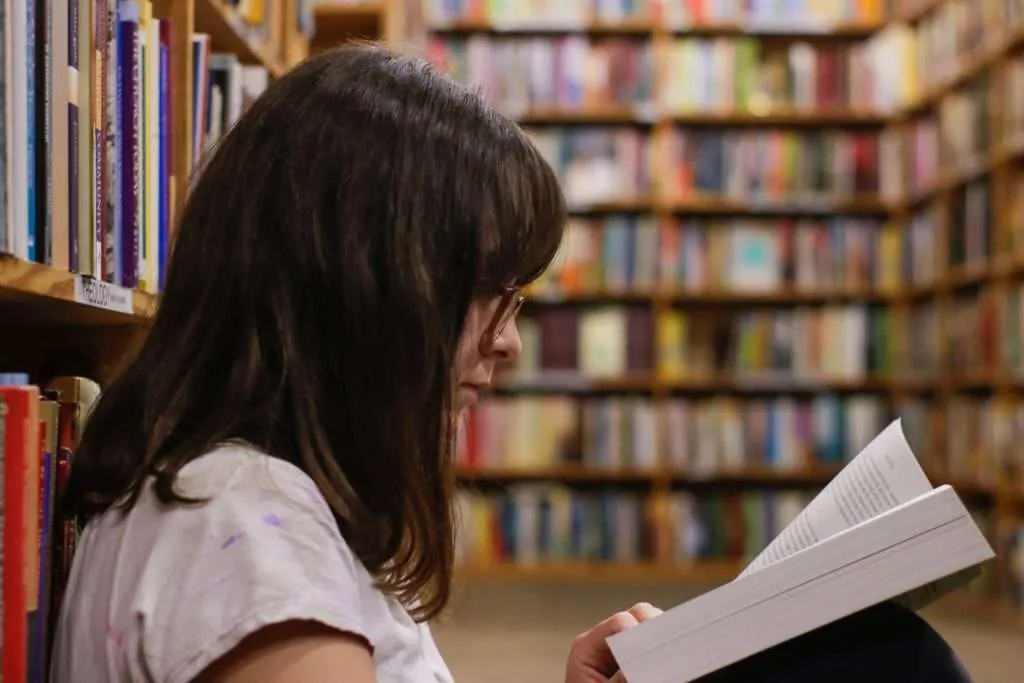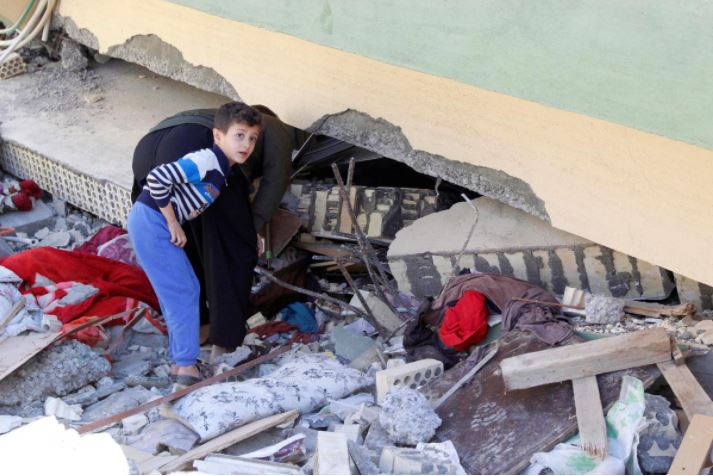The Deadliest Earthquake of 2017
Iran-Iraq Earthquake
A man and a young boy stand before a ruined building.
December 12, 2017
On Sunday, November 12, a massive earthquake shook the border between Iran and Iraq, destroying countless buildings and claiming hundreds of lives. With a magnitude of 7.3, the earthquake was the deadliest earthquake of 2017.
Within Iran, which took the brunt of the impact, at least 530 people were killed, with roughly 7,817 injured (Aljazeera). Iraq lost at least ten people with over 430 people injured. On both sides, this destruction left thousands of people scrambling to escape buildings as they collapsed, and then later dig through the rubble in desperate hopes of finding signs of life.
A majority of the Iranian deaths were in the city Pol-e-Zahab which lost over 236 people from a population of 85,000. Because the houses in the city were built as a part of a program to build low-income housing, some suggested that the poorly built structures were weaker than they should have. But others pointed out that the city itself was directly on the fault line, causing the destruction to be inevitable (BBC).
Farhad Tarji, a resident of Pol-e-Zahab who survived the earthquake, told the news agency ILNA about the destruction that resulted from the natural disaster. “I’ve lost 15 people,” he said, grieving the loss of so many close friends and family members. (New York Times). Other residents complained that no aid had come to the city, and one of such people were recorded and posted on the Iran government newspaper.
Hundreds of aftershocks, with magnitudes of up to 4.9, were felt in both countries. This continued seismic activity worried the already devastated residents, and hindered rescue efforts. Landslides also caused it to be harder to try and help the struck areas. But regardless, rescue workers, soldiers, and even ordinary civilians worked hard to try to find anyone still alive within the rubble. The New York Times describes an image that shows soldiers “searching through the rubble at night without flashlights or torches, using their cellphones for light.”
Others lined up to donate blood, especially in cities away from the border who were less heavily affected. Such people also volunteered to go and help the cities that had been damaged the most (CNN). Sarah Chen (10) described these efforts as
“heroic, because they were able to unite in the face in destruction and tragedy”
and hoped the best for all the victims.
Overall, the earthquake that recently struck the border between Iran and Iraq caused horrific destruction. Both countries felt the damage, with the earthquake being felt in other areas of the countries as well.





































